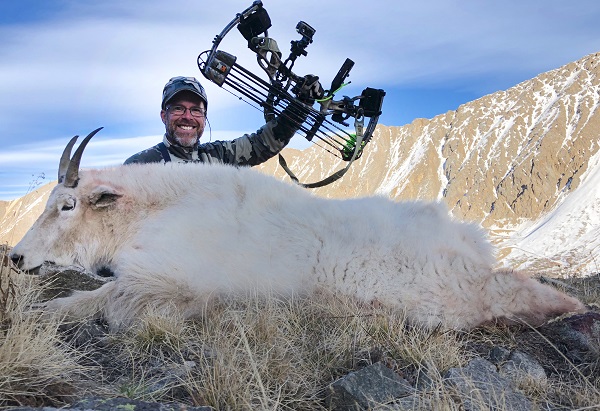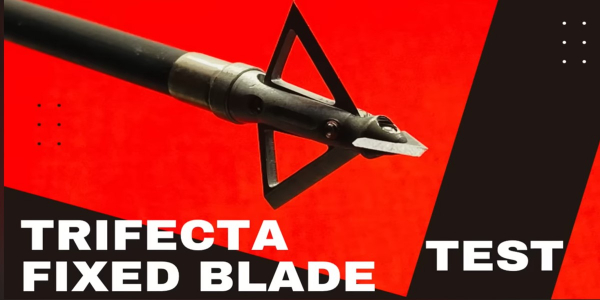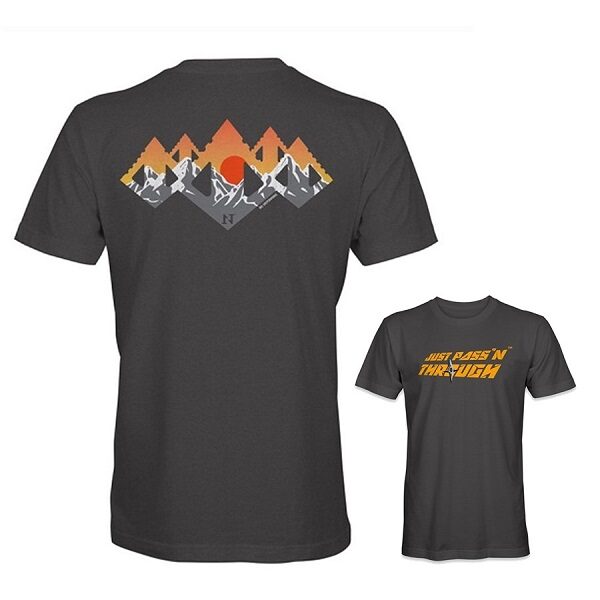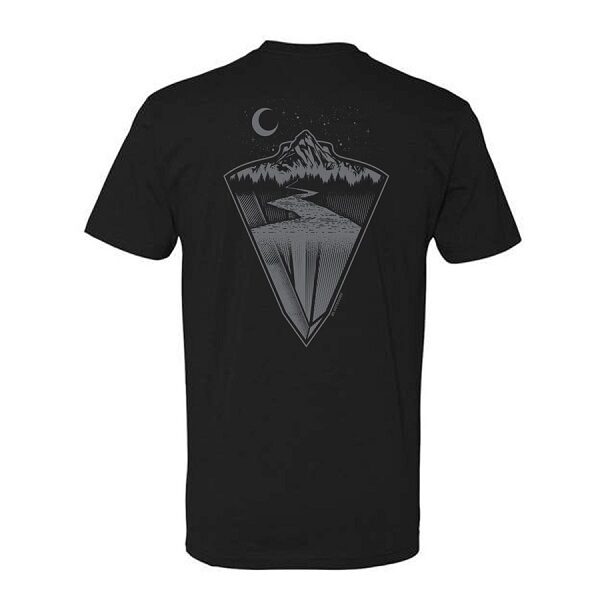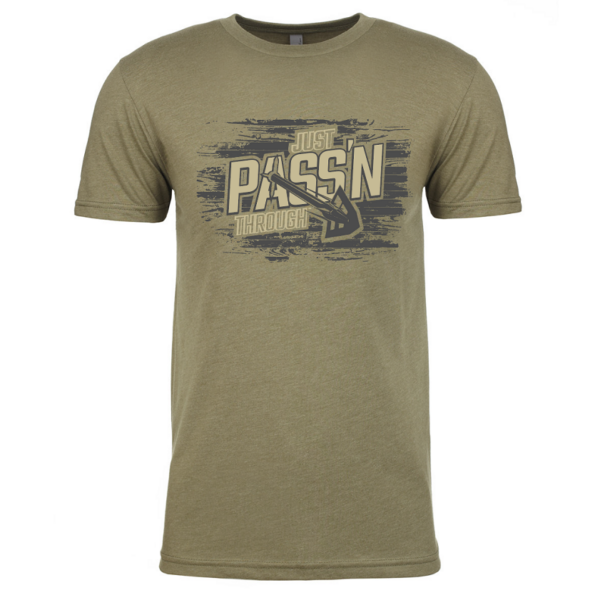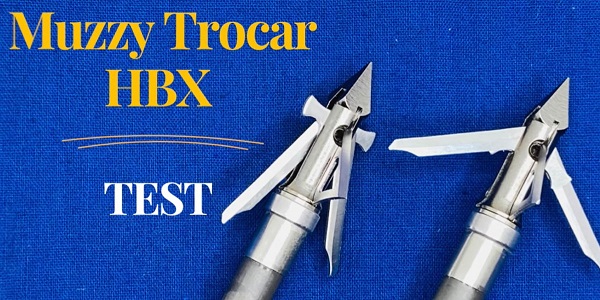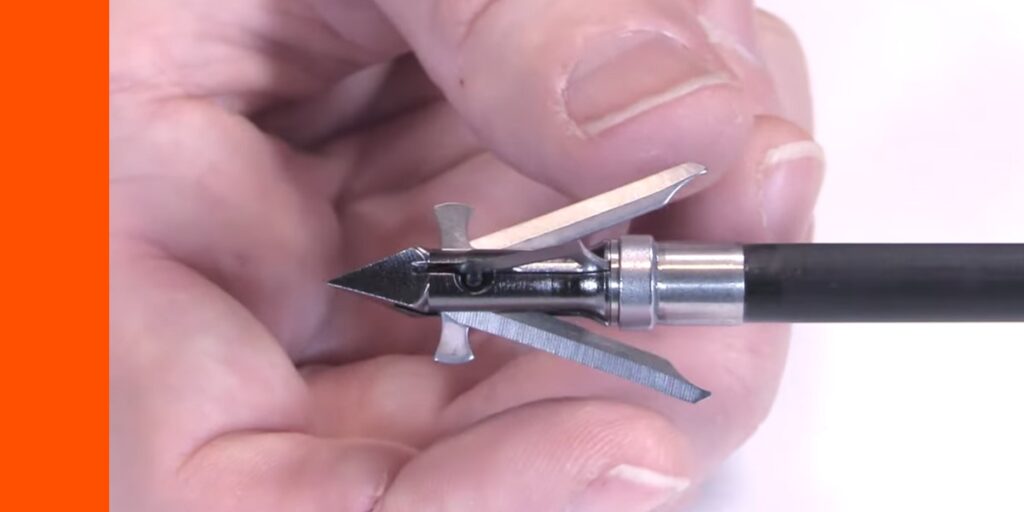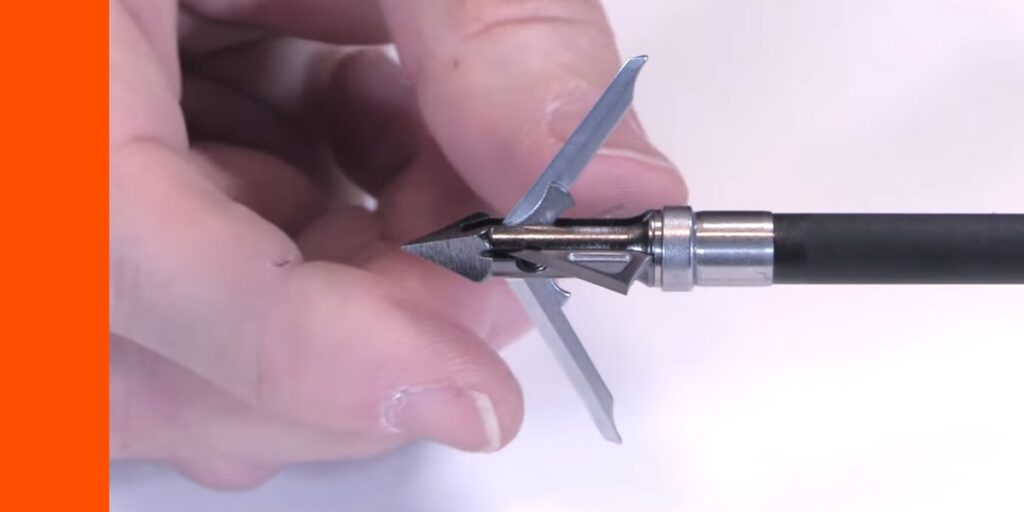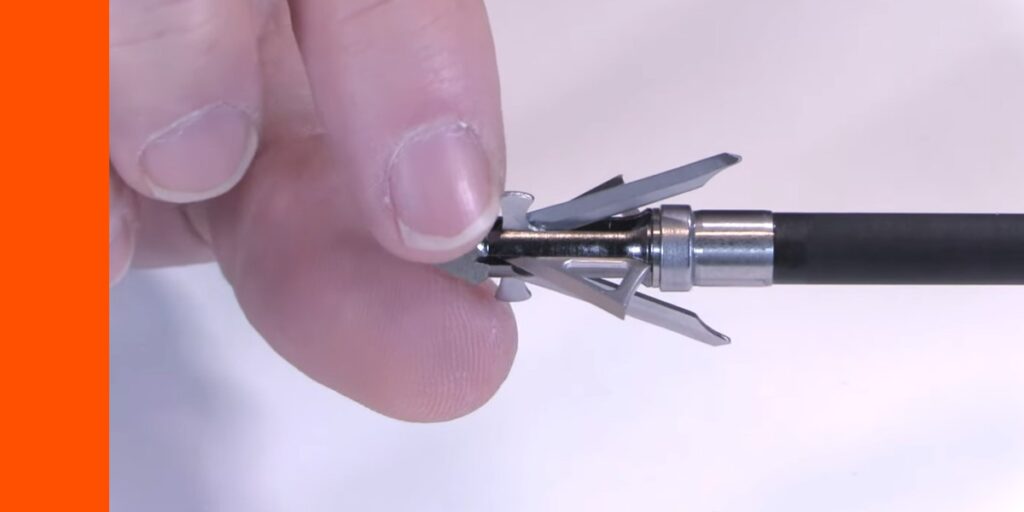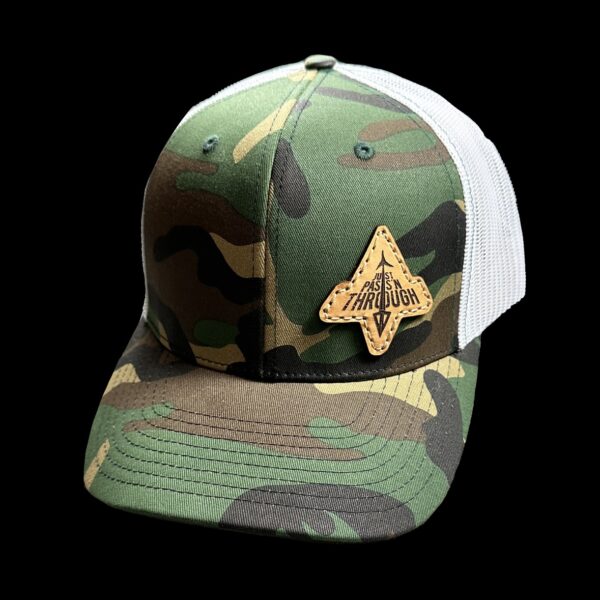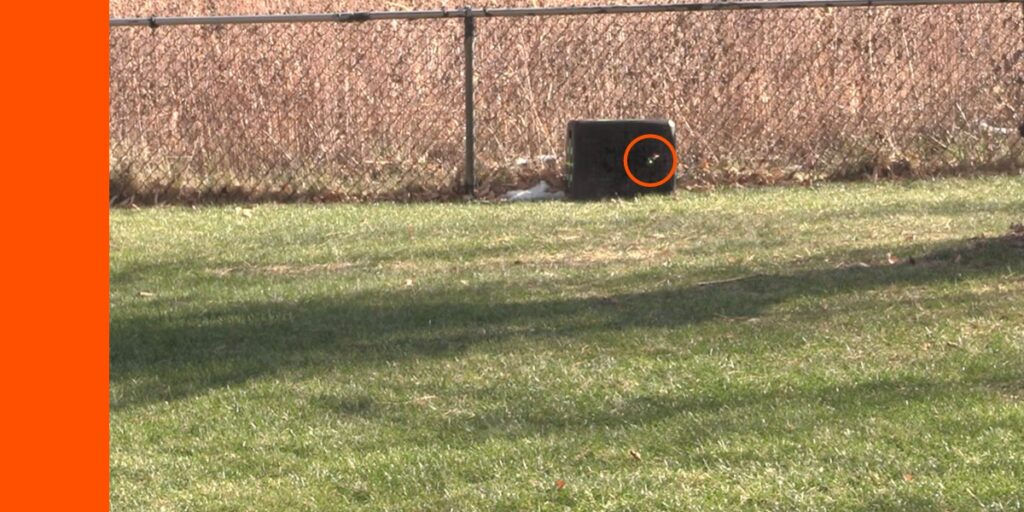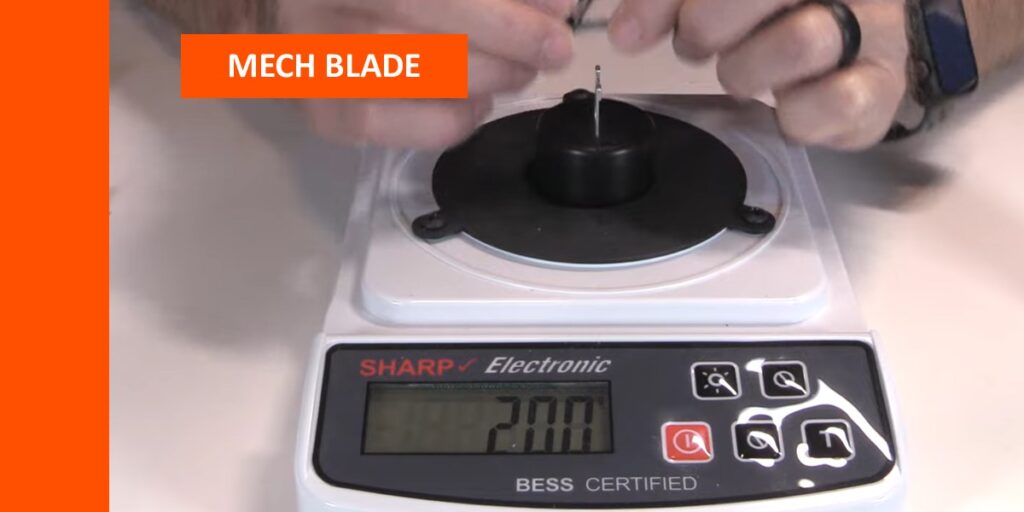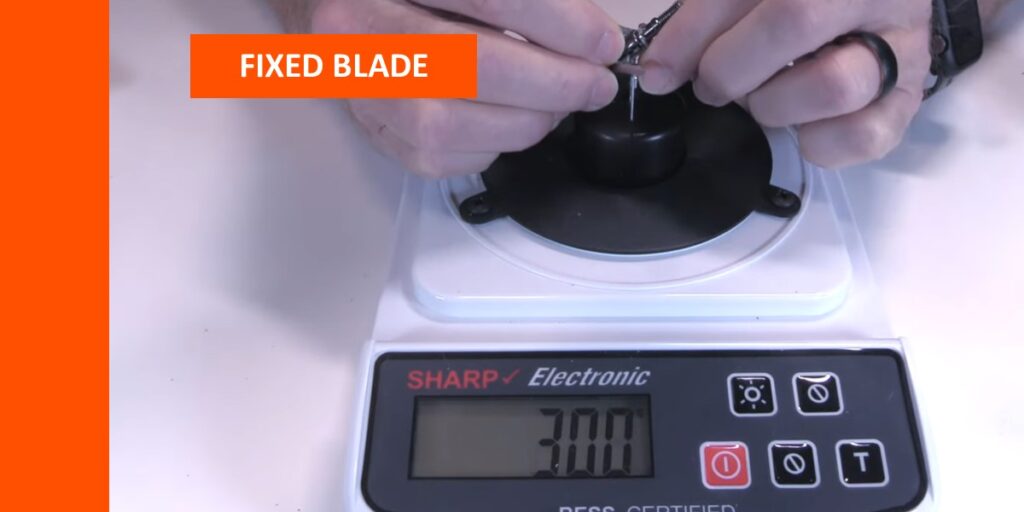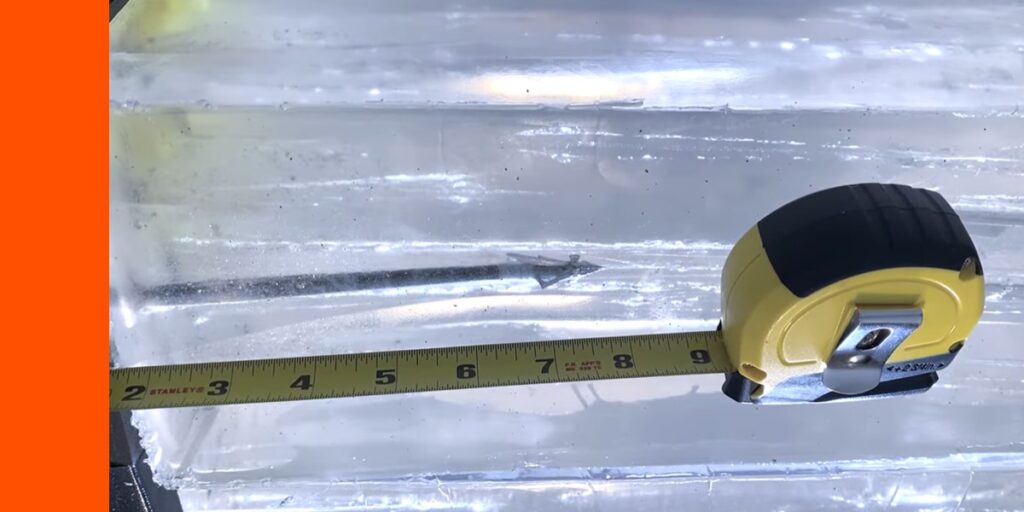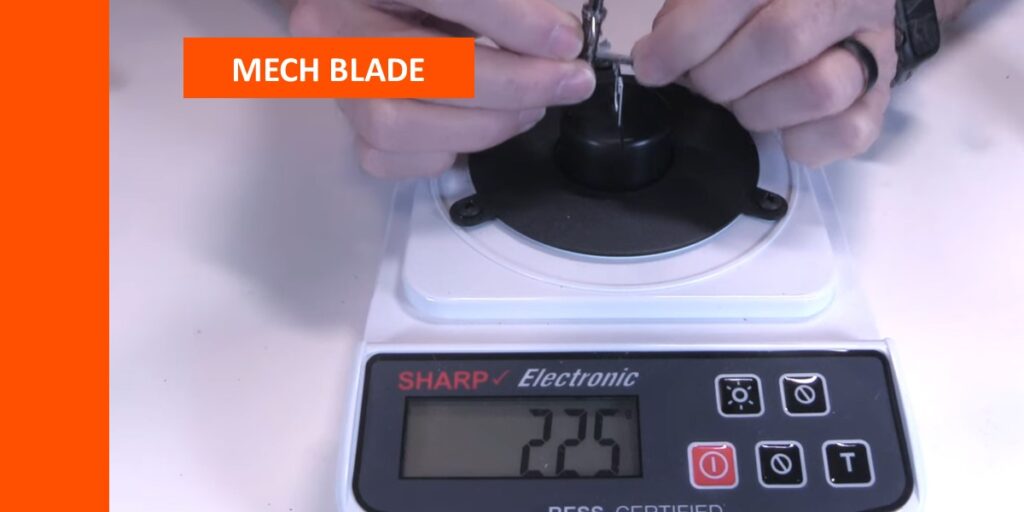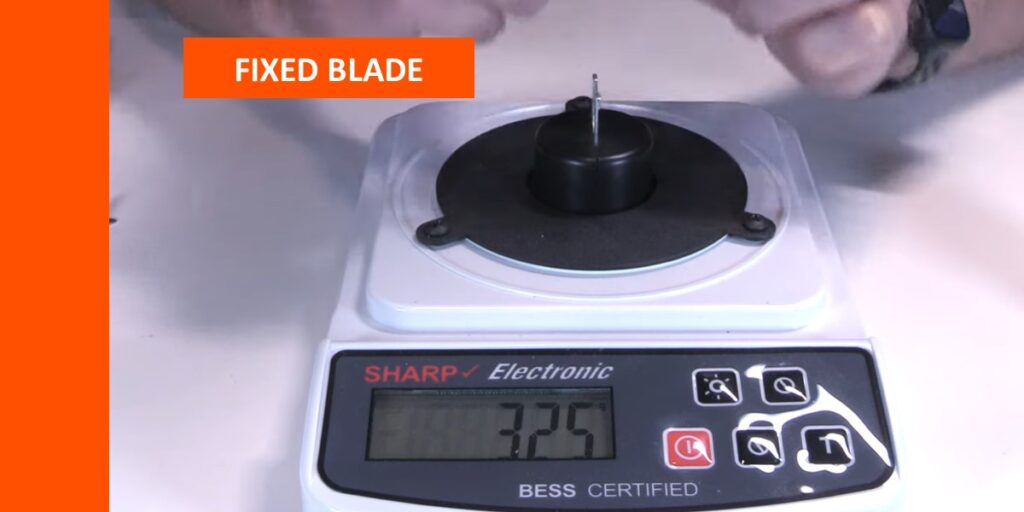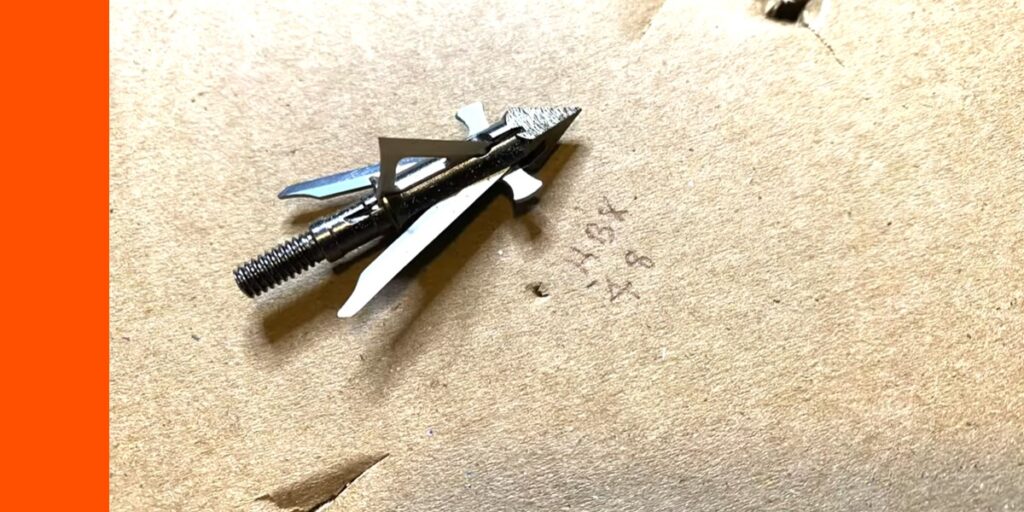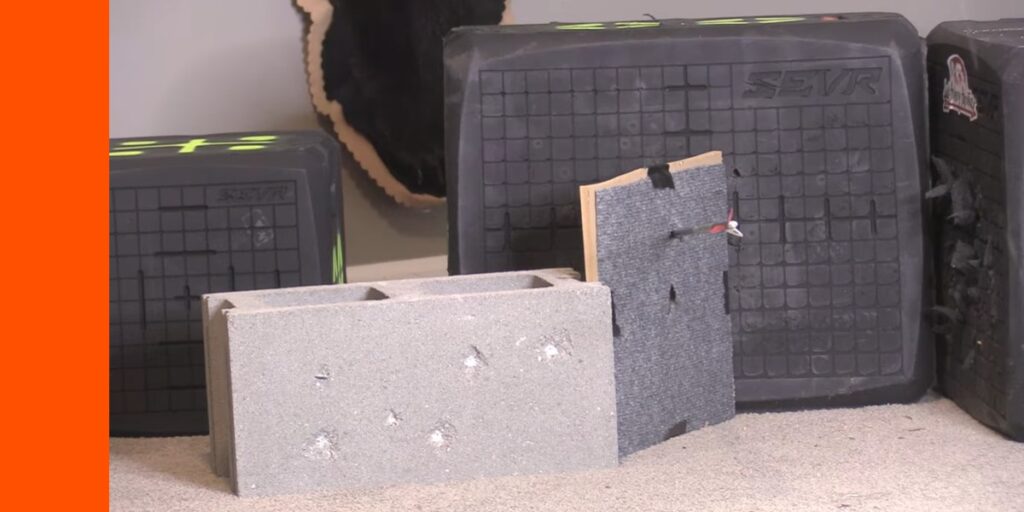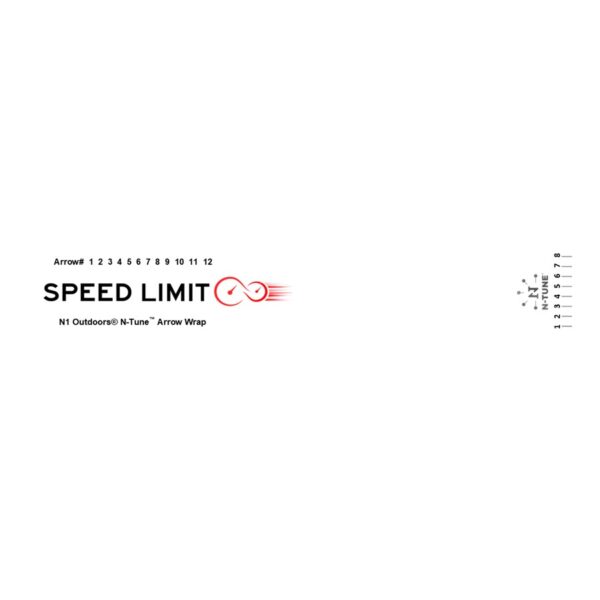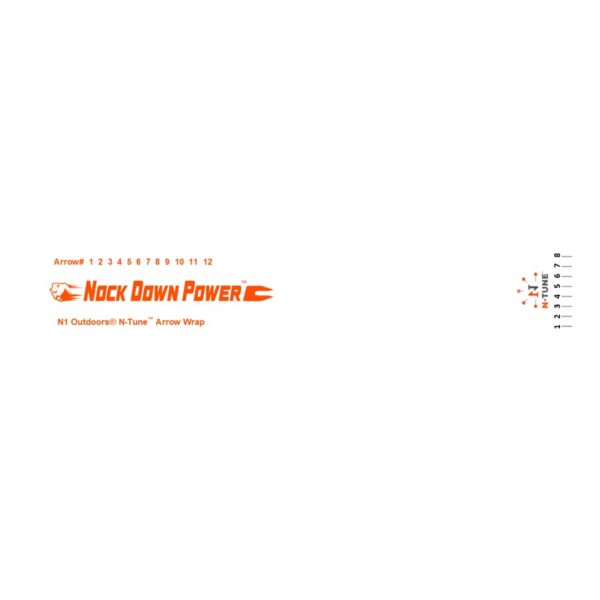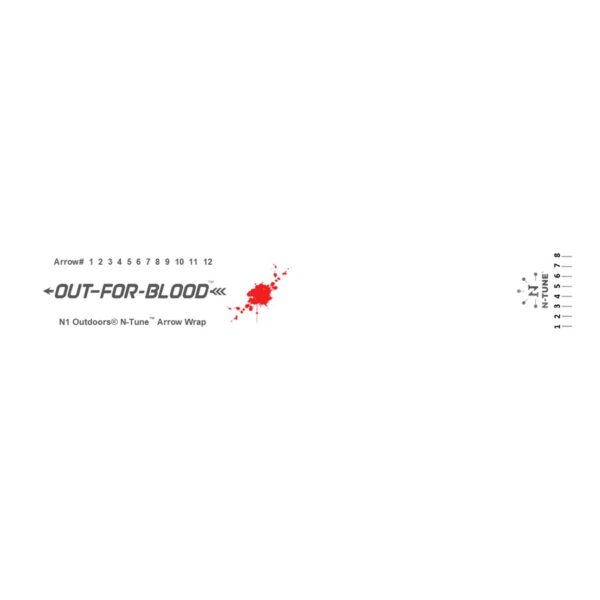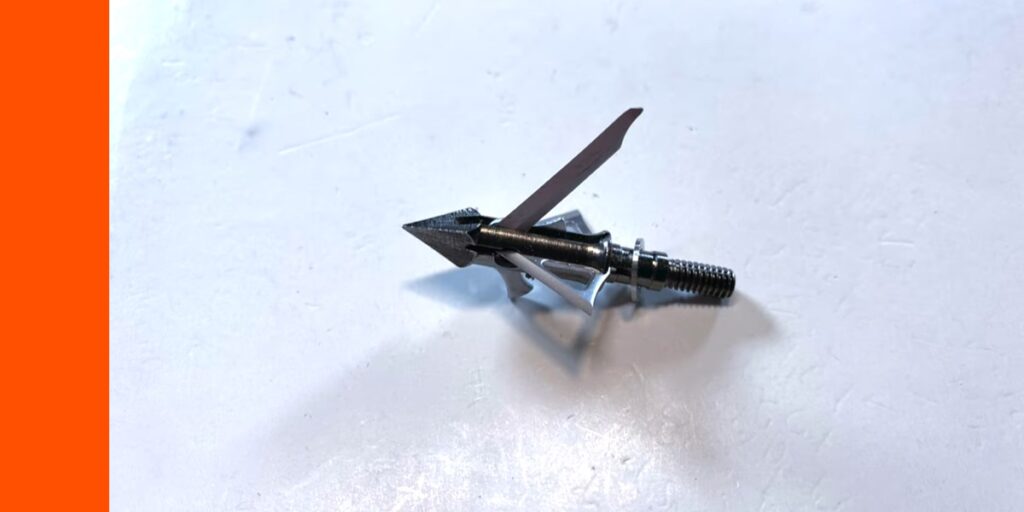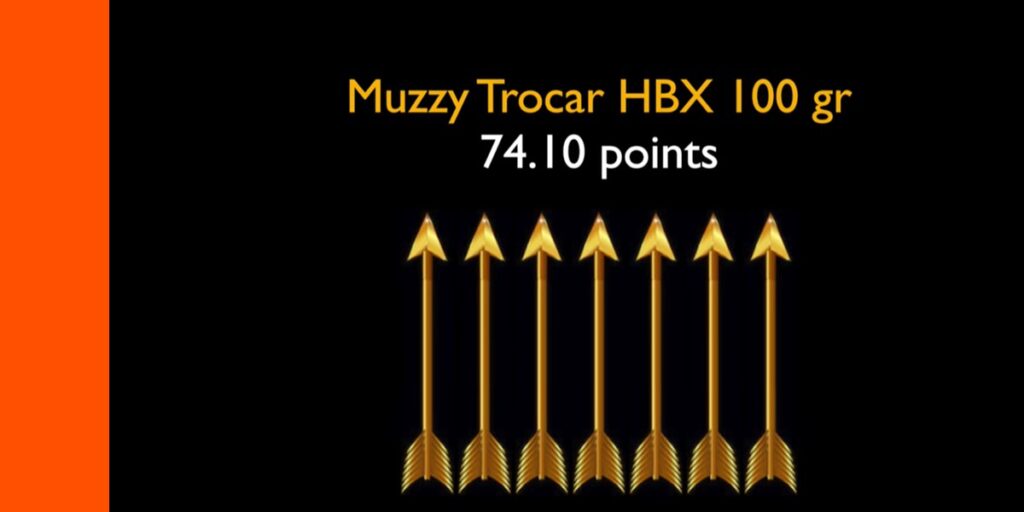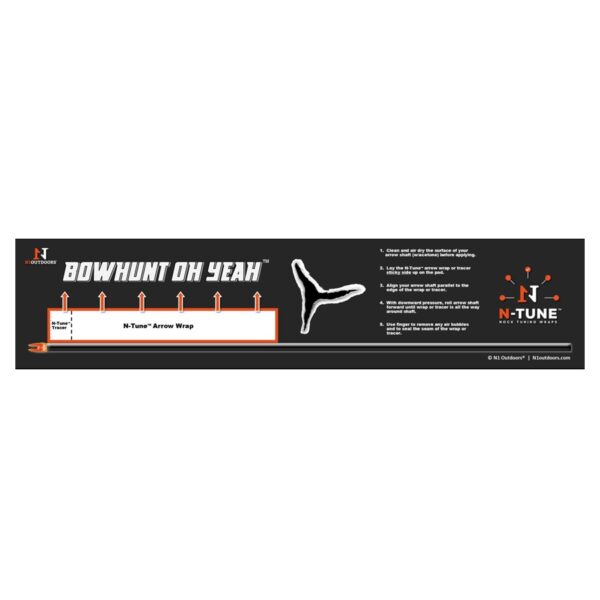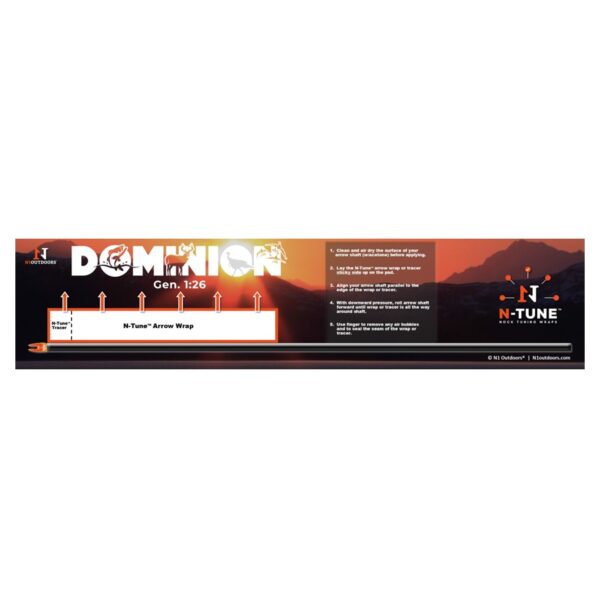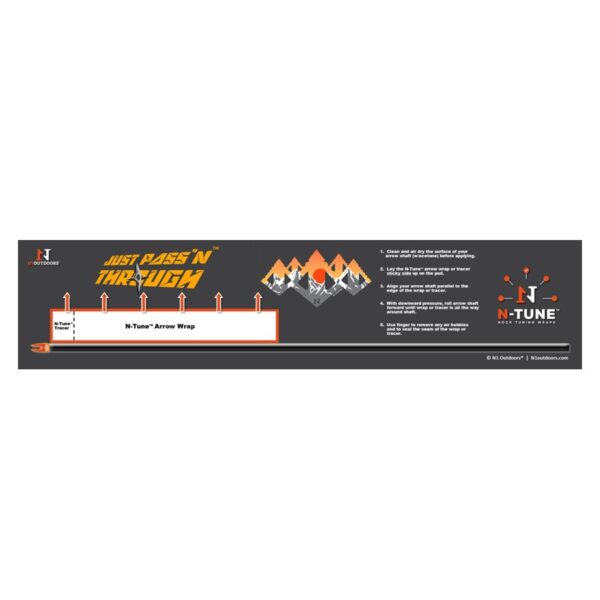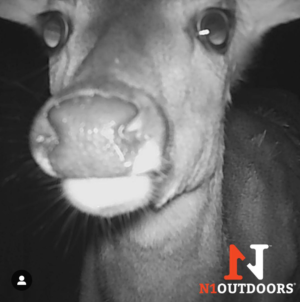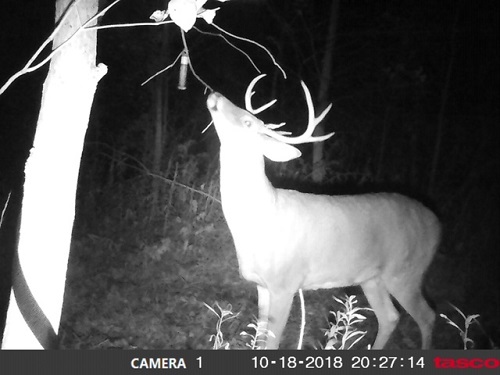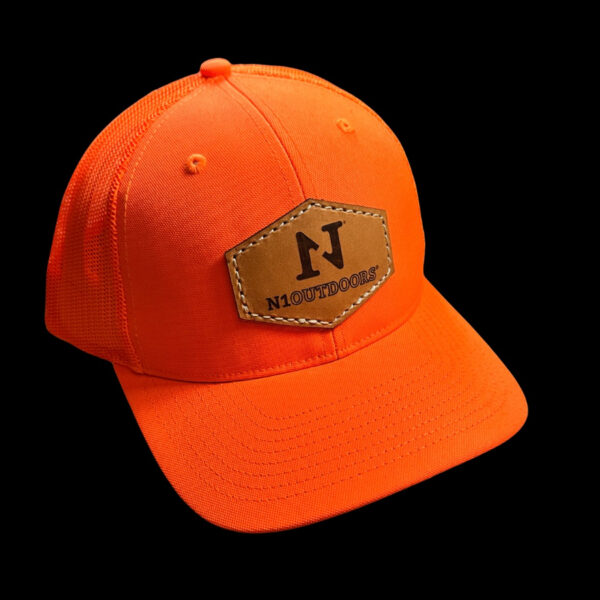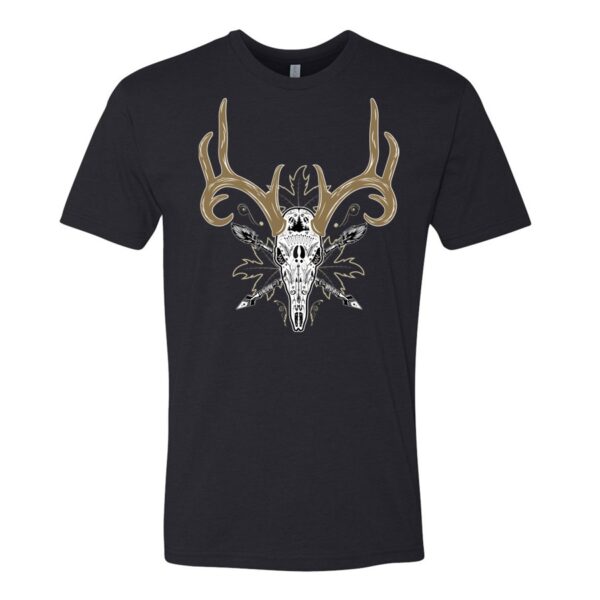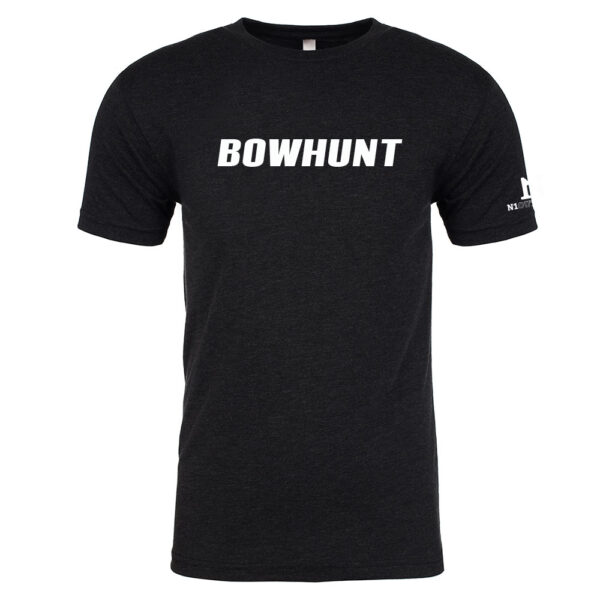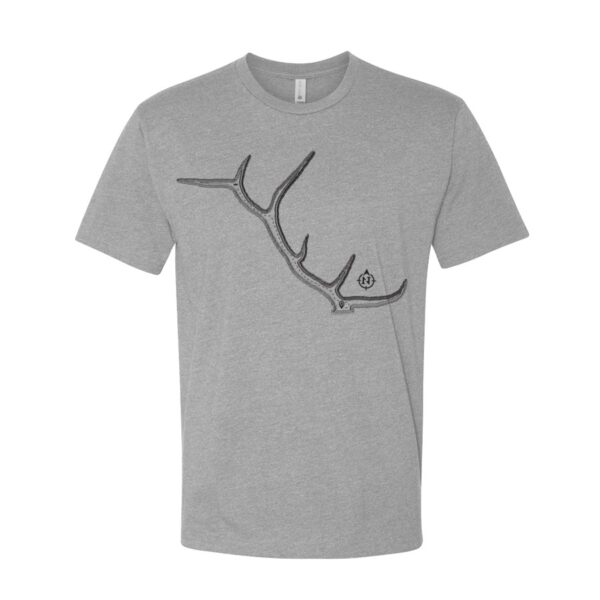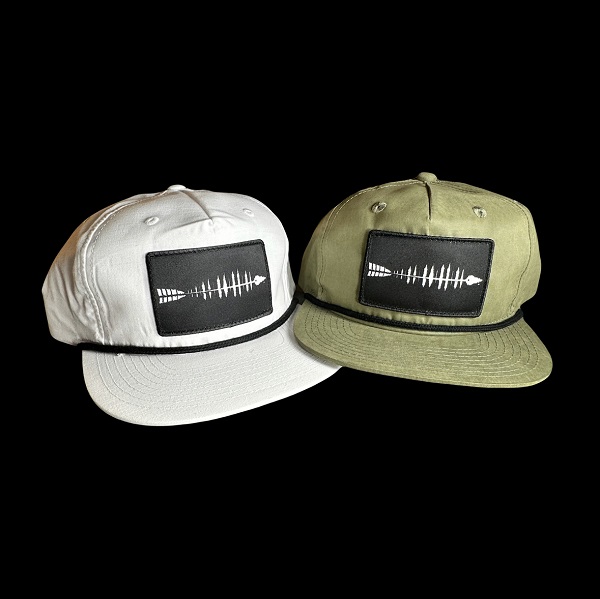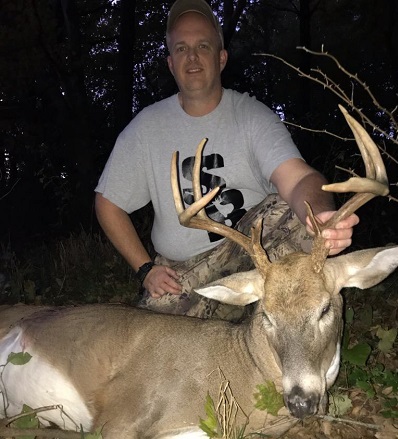In this review, I tested a really cool broadhead called the Trifecta.
I had gotten quite a few requests for this, and I was able to connect with Rob Schneider, the owner of Trifecta, and the designer of this broadhead.
I was super excited to test these out!
For the testing of the Trifecta Fixed Blade broadheads, I I used my Bowtech CP28 set at 72 pounds. I used a Bishop FOC King Arrows for most of the shots, and the Bishop FAD Eliminators for the really hard impact stuff.
The Trifecta Fixed Blade Broadheads Up Close
Let’s zoom on in here and check out this cool-looking Trifecta Fixed Blade.
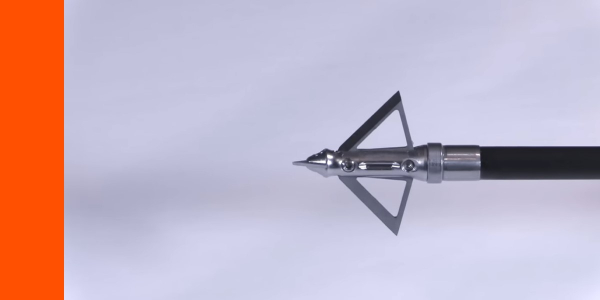
Here’s a good look at the Trifecta head. Man, this is one wicked-looking broadhead! So much to go through!
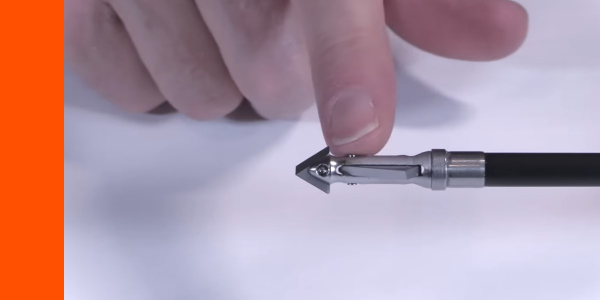
First of all, it’s all steel construction. It’s all made out of 420 stainless steel and it has a super short overall profile.
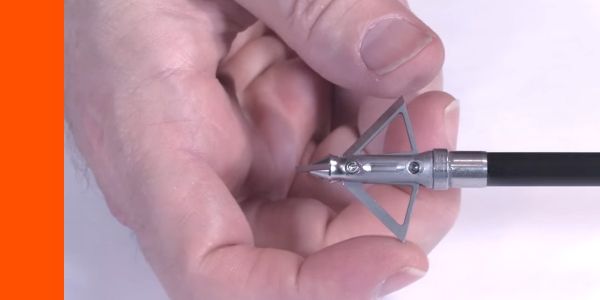
You get 1 and 1/4″ of cut one way, which is a really nice size cut for a fixed blade…
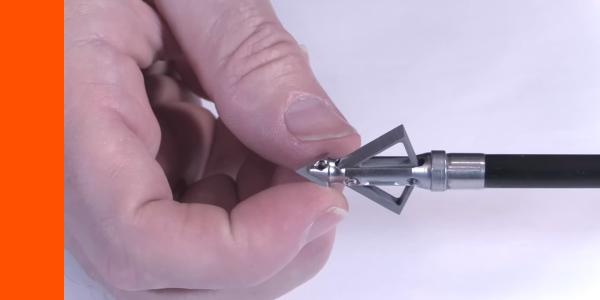
And, then you’ve got the leading blade that’s 3/8 of an inch of cut. So, the total cut is over 1.68″. The leading blade is really small, but it’s a stout 0.040″ of thickness, which is good on the upper end of thicknesses as far as blades are concerned...
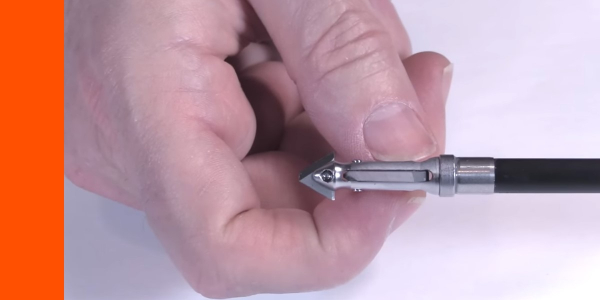
But, the main blade has a thickness of 0.078″. Wow! It’s almost twice as thick as the other blade. It’s more than twice as thick as most fixed blade heads on the market. So, I was really impressed with that.
The main blade of the Trifecta is pretty vented in the 100-grain model. But, in the future, they’re coming out with 125-grain and a 150-grain that are going to be solid. So, I’m really looking forward to that.
But, with the current version’s blades being this thick, even though it’s vented, I imagine they are going to be pretty durable. And, I imagine that tip, because is supported so well, and it’s so small, that it’s going to be pretty durable too.
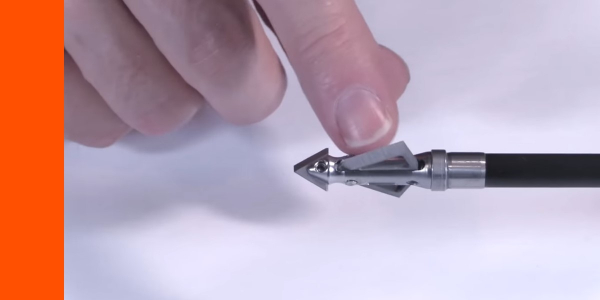
The Trifecta has a nice, single beveling all the way around on both of the main blades and the front blade. So, they’re really easy to sharpen it because they’re at a really steep angle. I would imagine they are going to hold up well and not get much edge chatter because of the incline there to that bevel.
So, I love the fixed blade. But, what’s really cool about it is that you can just use the same ferrule and switch out the blades and put in a mechanical blade or a hybrid broadhead because there’s a fixed blade in the front, and then the mechanical blades in the back.
And, it either comes in this model which is 1.87″ of cutting diameter or this model that’s 1.65″ of cutting diameter.
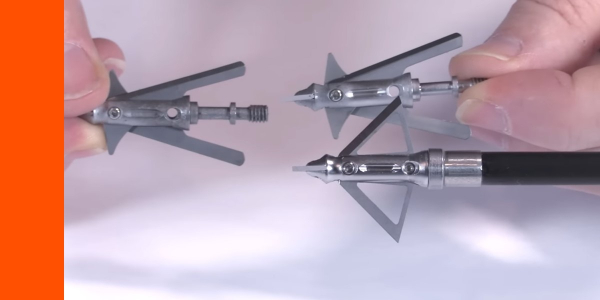
The neat thing about the Trifecta heads is that you can switch out the fixed blade for expandables on the same ferrule.
So, you can just switch out the blades with the same steel ferrule, based on your setup and based on what you’re hunting. If you’re going after a smaller animal, you might want to use mechanical.
If you’re going after a bigger animal like a deer or elk, you may want to use the fixed blade or in between. There are all kinds of modularities to it. So, I love that!
But, for this test, I tested the fixed blade version.
-
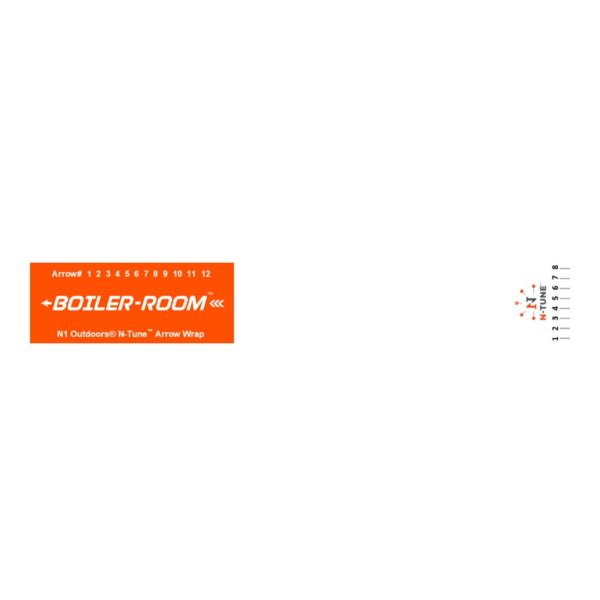
N1 Outdoors® N-Tune™ Nock Tuning Reflective Arrow Wraps – Boiler Room
Price range: $18.99 through $27.99 Select options This product has multiple variants. The options may be chosen on the product page -
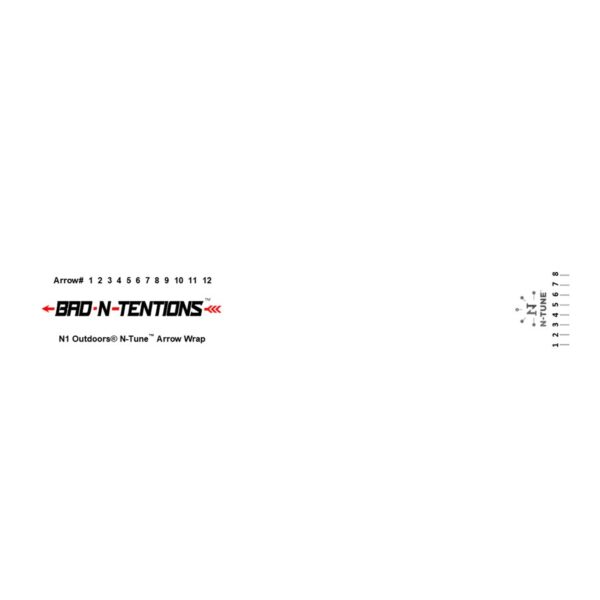
N1 Outdoors® N-Tune™ Nock Tuning Reflective Arrow Wraps – Bad N-tentions™
Price range: $18.99 through $27.99 Select options This product has multiple variants. The options may be chosen on the product page -
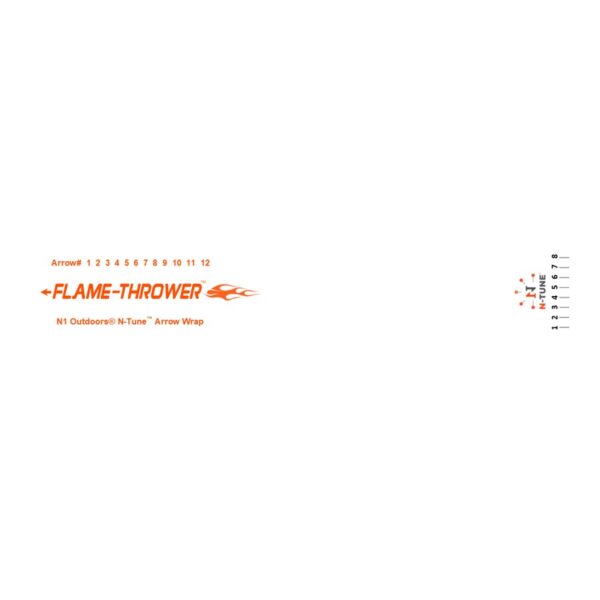
N1 Outdoors® N-Tune™ Nock Tuning Reflective Arrow Wraps – Flame Thrower™
Price range: $18.99 through $27.99 Select options This product has multiple variants. The options may be chosen on the product page
With our wraps, you can make your arrows look awesome … and more!
Trifecta Fixed Blade Testing
Let’s see how the Trifecta fixed blade broadheads performed!
Flight Forgiveness (1 Field Point, Then 1 Broadhead At 30 yards)
The Trifecta had very forgiving flight in this test, with both the fixed blade and the field point hitting on top of each other.
Initial Sharpness Test
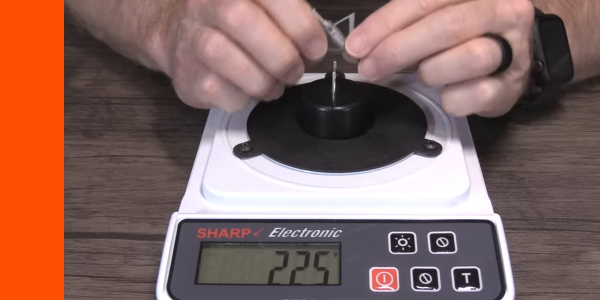
For the out-of-the-box sharpness test, it took 225 grams of force to cut through the wire.
Penetration Test 1 (2/3″ rubber mat, 1/2″ MDF, FBI Gel)
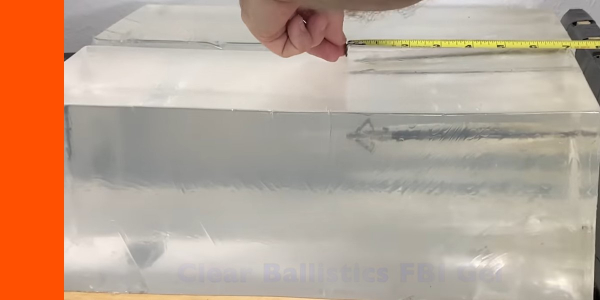
The Trifecta penetrated 8.5″ into the ballistic gel that was fronted with a rubber mat and 1/2″ MDF.
Edge Retention Test (sharpness after Penetration Test 1):
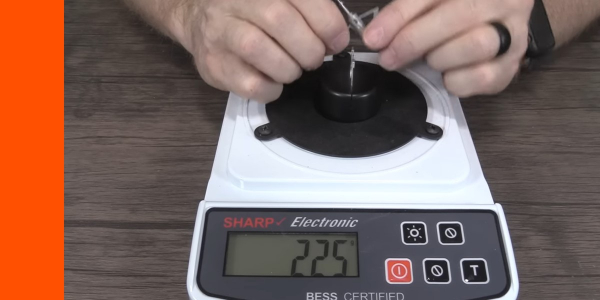
It took no additional force to cut through the wire which gives it a 10 on a 10-point scale!
Penetration Test 2 (layered cardboard):
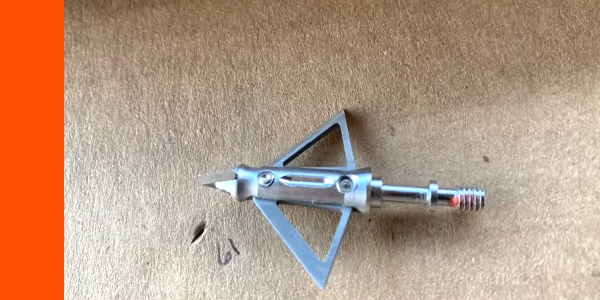
It penetrated through 61 layers of cardboard.
Angled Shot Test (1/4″ MDF/Carpet):
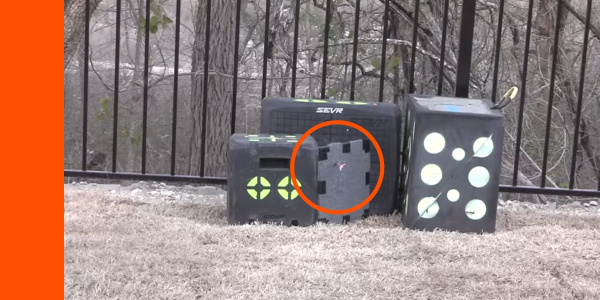
The angled MDF test was no problem at all for the Trifecta.
Durability Test (1/2″ MDF max 3 shots):
The head is in perfect condition after 3 shots through the MDF.
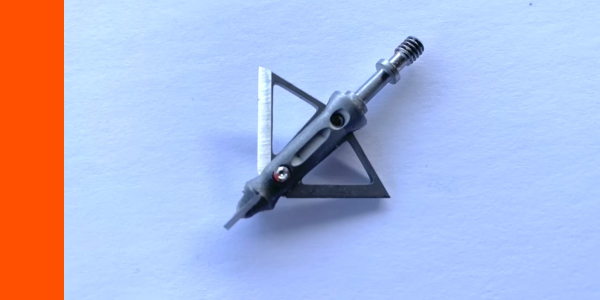
After 3 consecutive shots through the MDF, the Trifecta head was still in perfect condition!
Durability Test (22 gauge steel plate max 2 shots):
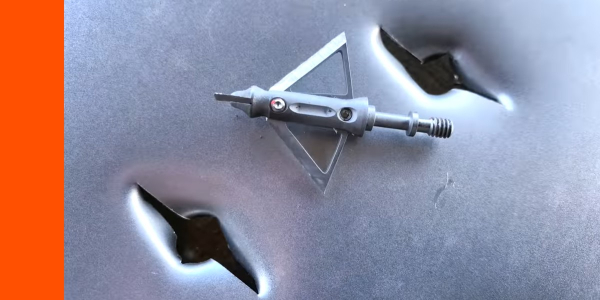
And after 2 shots through the steel plate, it held up extremely well. There’s just a slightest little nick in the blades.
And then check out these holes on the steel plate. Man! For a single bevel like this, that’s one of the best S-cutting I’ve ever seen. You could see the rotation of the blades opening up a really nice wound channel.
Concrete Test:
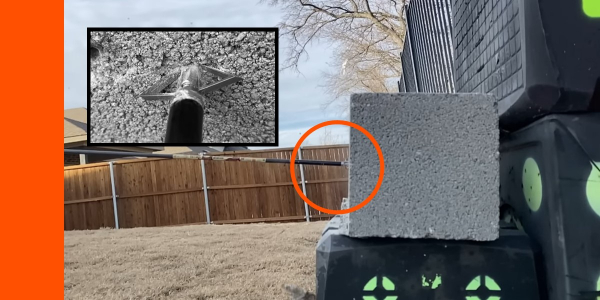
I shot the Trifecta into a concrete block and it stuck!
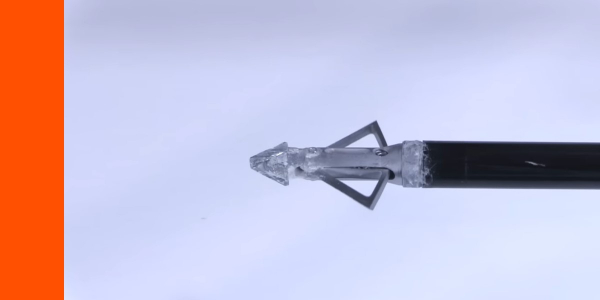
So here’s a good look at the head after going through the MDF 3 times, the steel plate 2 times, and then embedding in the concrete. And man, it held together very well. These thick blades did the job. Even with the rotation, it held together.
Sometimes with a hard impact in a single bevel rotation, you get a bit of twisting, but these blades are thick enough to where that didn’t happen.
The tip got a very slight bit of a twist to it from that rotation, but very, very little. Ane, the edges just have normal wear from hitting the concrete, but very impressive durability.
Final Thoughts On The Trifecta Fixed Blade Broadheads
Well, what do you think?
Man, this is a winner of a broadhead!
There are a lot of broadheads that are kind of in the middle of the pack that you go, “Yeah, they did pretty good.” And, every once in a while, there’s that rare one that really stands out. This one definitely stands out!
I really was surprised. this head got the highest score of any fixed blade head that I’ve tested so far through 2022-2023.
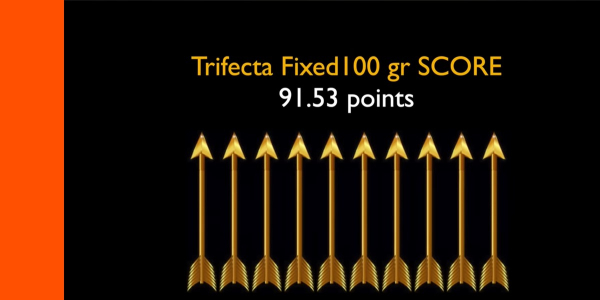
The Trifecta fixed blade was the highest scoring fixed blade broadhead that I’ve tested to date!
So, these are really worth a look. I mean they flew incredibly well. I couldn’t believe how well they flew. Honestly, they’re just so forgiving.
The Trifecta penetrated super deeply, with super good rotation. I did a separate rotation test and it penetrated into the clear ballistics gel 13″ and rotated 90 degrees. That’s a lot of rotation in gel! And in animal, it’s a lot more than in gel because that’s pretty restrictive.
That little blade in the front held up super well and it adds a little bit of FOC to your setup there. The super thick blades did well even sticking in the concrete and blowing out the back, a back chunk of a concrete. I’ve never seen that before.
So man, I can’t wait to use this head on some hogs and really eager to see the 125-grain version and 150-grain solid. I look forward to testing those.
Fantastic job, Trifecta! This is really a winner and it’s definitely worth a look.
